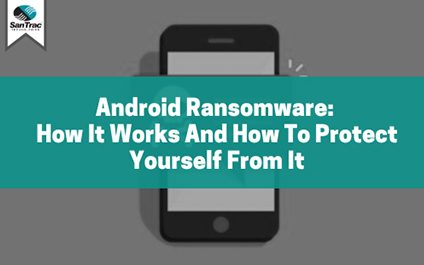As more and more businesses move their operations online, the need for robust cybersecurity measures has never been greater. However, many employees are still unfamiliar with many cybersecurity terms. Here are some of the most commonly used terms in IT security.
A short guide to IT security lingo
Android ransomware: How it works and how to protect yourself from it

In recent years, ransomware has become increasingly sophisticated and widespread, infecting not just Windows PCs but also Android smartphones and tablets. If you're concerned about the security of your Android devices and your business, read on for tips on how to protect yourself from mobile ransomware.
No ransom: A place for free decryption
9 Cybersecurity terms you need to know
Every business needs an MSP for cybersecurity
Mobile ransomware is coming for your Android

If malware infects your computer, it would either crash at random, display annoying ads or notifications, or slow down. An Android device that has been breached by malware will not immediately show any signs of infection, unless it’s ransomware.
How does ransomware make it onto your Android device?
Like its desktop equivalent, mobile ransomware needs to be installed on your device before it can do damage.




